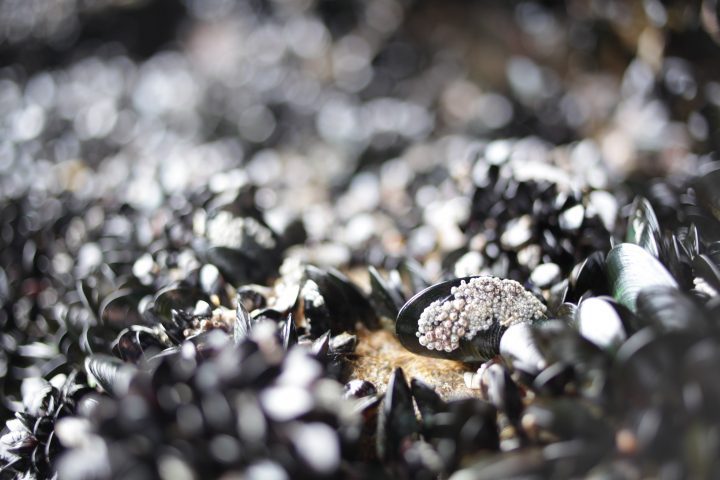Optical learning process from Delft University increases the navigational skills of flying robots.
Benefits
- Collision detection & avoidance
- Smoother landings
Applications
- Flying robots
- Surveillance
UN Sustainable Development Goals Addressed
-

Goal 9: Industry Innovation & Infrastructure
The Challenge
Flying robots such as drones use optical flow to create a pattern of objects in a visual field, which helps them sense movement and distance, similar to animals. Optical flow “divergence” captures how quickly things get bigger in view. If an insect such as a honeybee were to fall to the ground, this divergence would keep increasing and the grass would become increasingly bigger in view. However, honeybees employ a strategy of keeping the divergence constant by slowing down. As a result, they are able to make smooth, soft landings. Drones however, are unable to adapt their reaction height while landing, and often end up oscillating above the landing surface. In addition, the optical flow is very small in the direction the robot is moving, and is oftentimes difficult to distinguish from noise. This means that obstacles are more difficult to detect, increasing the likelihood of collisions. If researchers can overcome these limitations, they can create small flying robots that can navigate their environments more safely and land smoothly.
Innovation Details
In order to improve the optical flow of flying robots, researchers allowed robots to estimate distances of objects through their visual appearance, including shape, color, and texture. Using artificial intelligence (AI)-based learning the robot repeated this process multiple times, and was eventually able to learn and remember the distances of objects over time and avoid them. This also allowed for faster, smoother landings.

Biological Model
Honeybees use optical flow to perceive distances to objects and control divergence to slow down when approaching an object. This allows the insect to make smooth, soft landings.





